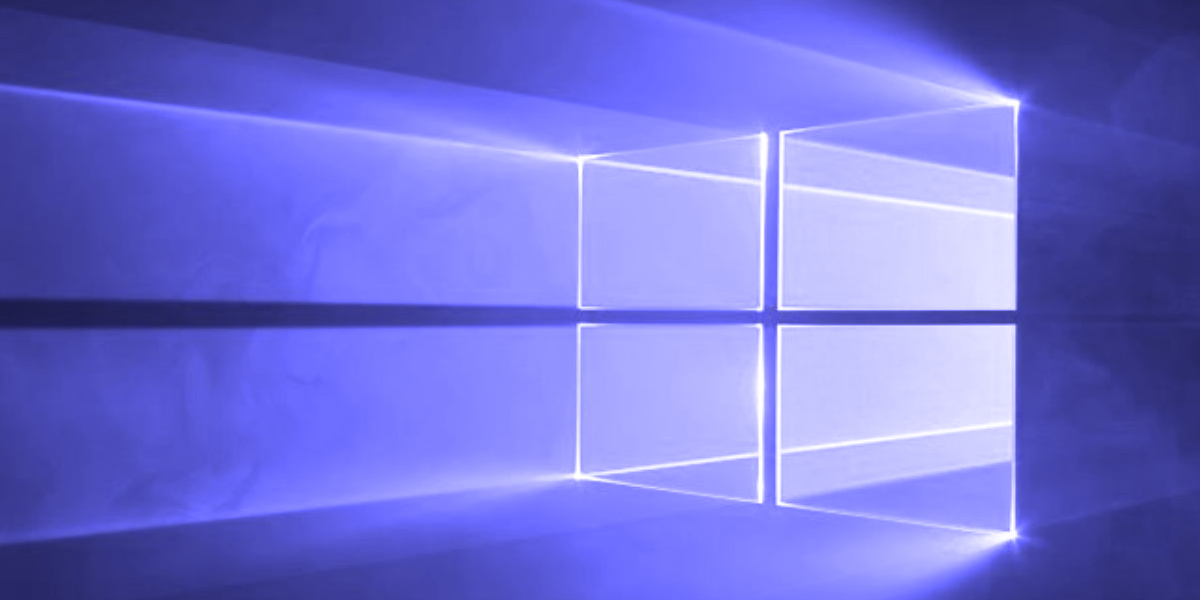The release includes CVEs affecting a wide array of components, such as Service Fabric, Microsoft Intune, Virtual Hard Disk (VHDX), Windows Storage VSP Driver, and Hyper-V. Each CVE comes with a base score indicating its severity, with many vulnerabilities rated above 7.0, highlighting the importance of timely updates. For example, CVE-2025-4715, affecting Windows Visual Basic Scripting, has a severity rating of 7.8, indicating a high risk.
In addition to addressing these vulnerabilities, Microsoft is also republishing 10 non-Microsoft CVEs, underscoring the collaborative nature of cybersecurity and the need for vigilance across all software platforms.
To support users, Microsoft provides various resources, including a Security Update Guide, which details the updates and offers insights into mitigations and workarounds. This guide is a part of Microsoft's commitment to transparency and communication regarding security updates.
Furthermore, Microsoft is enhancing its Windows Release Notes and has introduced a new Hotpatching feature for Windows Server Azure Edition virtual machines, aimed at improving the update process.
Customers using older versions of Windows, such as Windows Server 2008 R2, are encouraged to purchase Extended Security Updates to continue receiving essential security patches.
Future Considerations:
As technology evolves, Microsoft will likely continue to expand its security measures, and users are encouraged to stay informed about updates and best practices for securing their systems. Regularly checking the Security Update Guide and applying updates promptly is crucial for maintaining system integrity and protecting against emerging threats. Organizations should also consider implementing comprehensive security policies that include training for employees on recognizing potential threats and maintaining system vigilance
Microsoft July 2025 Security Updates
Microsoft has released the July 2025 security update release, which includes 130 Microsoft CVEs, including Service Fabric, Windows Kernel, Remote Desktop Client, Windows Visual Basic Scripting, Microsoft Intune, Virtual Hard Disk (VHDX), Microsoft Input Method Editor (IME), Windows Storage VSP Driver, Windows GDI, Windows Event Tracing, Universal Print Management Service, Windows Cred SSProvider Protocol, Azure Monitor Agent, Microsoft Input Method Editor (IME), Microsoft PC Manager, Microsoft Office, Windows MBT Transport driver, Windows Routing and Remote Access Service (RRAS), Windows Hyper-V, Windows Connected Devices Platform Service, Windows BitLocker, Windows Update Service, Windows SMB, Windows Virtualization-Based Security (VBS) Enclave, Microsoft MPEG-2 Video Extension, Windows Kernel, Windows Secure Kernel Mode, Windows Office Excel, Windows Remote Desktop Licensing Service, Windows SSDP Service, HID class driver, Remote Desktop Client, Windows Universal Plug and Play (UPnP) Device Host, Windows AppX Deployment Service, Windows Cryptographic Services, Windows Routing and Remote Access Service (RRAS), Windows TDX.sys, Windows Event Tracing, Windows Ancillary Function Driver for WinSock, Windows Routing and Remote Access Service (RRAS), Windows User-Mode Driver Framework Host, Workspace Broker, Windows Kernel, Windows Win32K - ICOMP, and Windows Routing and Remote Access Service (RRAS).


